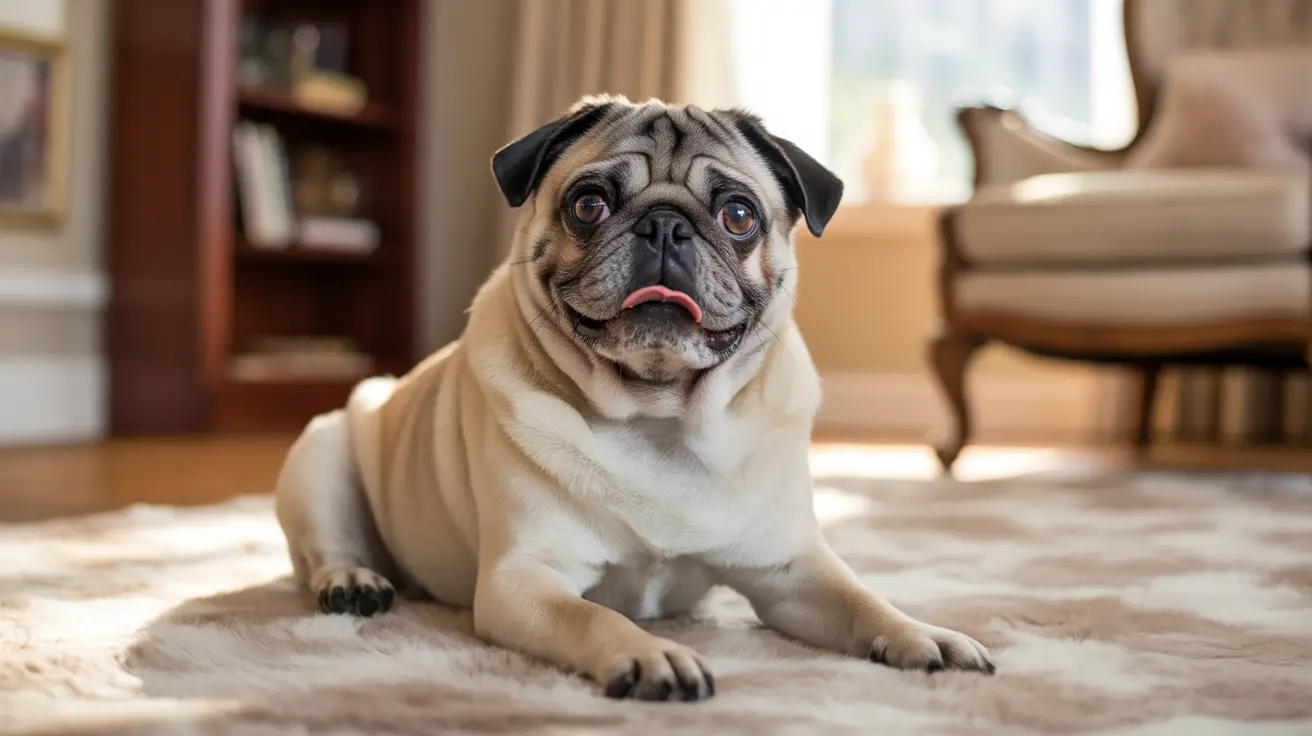Understanding How Dogs Apologize to Humans
Dogs are known for their loyalty and affectionate nature, but they also have complex social behaviors that include ways of expressing remorse or apology. While they don’t feel guilt quite like humans do, dogs show apologies through various nonverbal cues. These behaviors are deeply rooted in their pack instincts and social interactions.
Key Signs That a Dog Is Apologizing
- Lowered head or submissive posture: A dog may duck its head, hunch its body, or lower itself close to the ground. This posture signals submission and acknowledgment of wrongdoing.
- Tucking the tail: Tucking the tail between their legs is a classic indication of submission. It’s how dogs communicate regret or sensitivity to potential reprimand.
- Avoiding eye contact: Just as in wolf packs, dogs avoid direct stares to defuse tension. Dropping their gaze is a peace offering and a way to express appeasement.
- Licking: Dogs often lick your face, hands, or even your feet as a gesture of affection and submission. This is an instinctive behavior rooted in puppyhood, when pups lick their mothers to bond.
- Pawing or nudging: A gentle paw on your leg or nudge with the nose can be a dog’s way of reaching out to reconnect after feeling they did something wrong.
- Slow movements or "apology bow": Dogs may perform a softened version of the play bow with a lowered head and relaxed ears to show they are not a threat.
The Role of Pack Behavior in Canine Apologies
In the wild, dogs evolved from wolves, and their pack behavior heavily influences how they interact with humans. Submissive behaviors like ear-flattening, tail-tucking, and avoiding confrontation help them maintain social order within the group. When a dog senses that it has upset the pack leader—now often their human companion—it will engage in these behaviors to keep harmony.
Do Dogs Actually Feel Guilty?
Although it may seem like your dog feels guilty, what you’re really seeing is a learned response. Dogs can associate certain actions with negative consequences and react accordingly. For example, if a dog eats food off the table and is later scolded, it may learn to submit when reminded of that situation—not because it feels guilt, but because it anticipates your reaction.
Human Interpretation vs. Canine Intent
Humans often anthropomorphize dog behavior, applying human emotions to animal actions. While this can foster empathy, it's important to understand that dogs operate largely based on cause and effect, not moral reasoning. Their "apologies" stem from desire to please and avoid conflict, not from guilt as we define it.
How to Respond to a Dog’s Apology
If your dog is displaying apologetic behavior, you should:
- Stay calm and gentle: Reacting with anger can increase anxiety and damage trust.
- Reinforce positive behavior: When your dog tries to reconnect, offer affection or a calm word to show everything is okay.
- Use training to prevent repeat offenses: If certain behaviors are recurring issues, consistent training and clear boundaries will help your dog understand expectations.
Common Triggers for Apologetic Behavior
- Accidental house soiling
- Damaging household items
- Overexcitement leading to nipping or jumping
- Stealing food from the table or trash
In all these cases, once a dog realizes their owner's discontent, their instinct is to use submissive cues to mend the relationship.
Strengthening the Bond After Conflict
Dogs thrive on daily routines, consistent rules, and emotional bonding. After a corrective moment, rebuild your relationship with playtime, walks, or favorite activities to reassure your dog. Mutual understanding fosters a stronger and happier connection over time.
Conclusion
Dogs apologize not with words, but through body language and social cues learned through evolution and training. Observing these subtle signs—noticing lowered posture, tail tucks, or comforting licks—can help you understand your dog’s emotional intentions. With patience and consistent guidance, you can nurture a trusting and respectful relationship that benefits both you and your furry friend.





